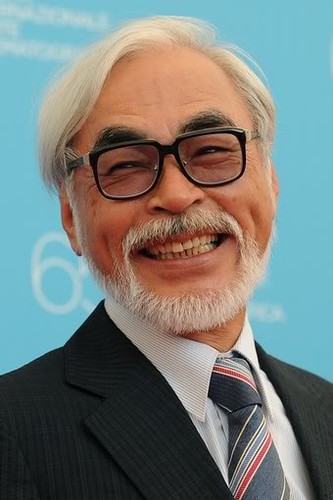
Ever wonder what really makes a director a ‘great’ director? It’s more than just a famous name or a string of box-office hits. We’re talking about those rare individuals who don’t just tell stories but redefine the very art of storytelling itself, pushing boundaries and forging distinctive styles that become instantly recognizable across their entire body of work.
These are the visionaries who inspire everyone on set, from the actors to the cinematographers, to deliver their absolute best. They innovate, they challenge, and they leave an indelible mark on the cultural consciousness, transforming how we see the world through the lens of a camera. Their genius lies in a unique blend of creativity, technical prowess, and an unwavering drive to bring their fully realized masterpieces to life.
So, prepare to dive deep into the genuine passion and sheer audacity that fuel these cinematic giants. We’re going behind the curtain, not for scandalous tales, but to explore the authentic intensity and unique perspectives of 13 master filmmakers whose relentless pursuit of their artistic vision shaped cinema as we know it. Get ready to explore the indelible mark they left on the silver screen, one groundbreaking film at a time.
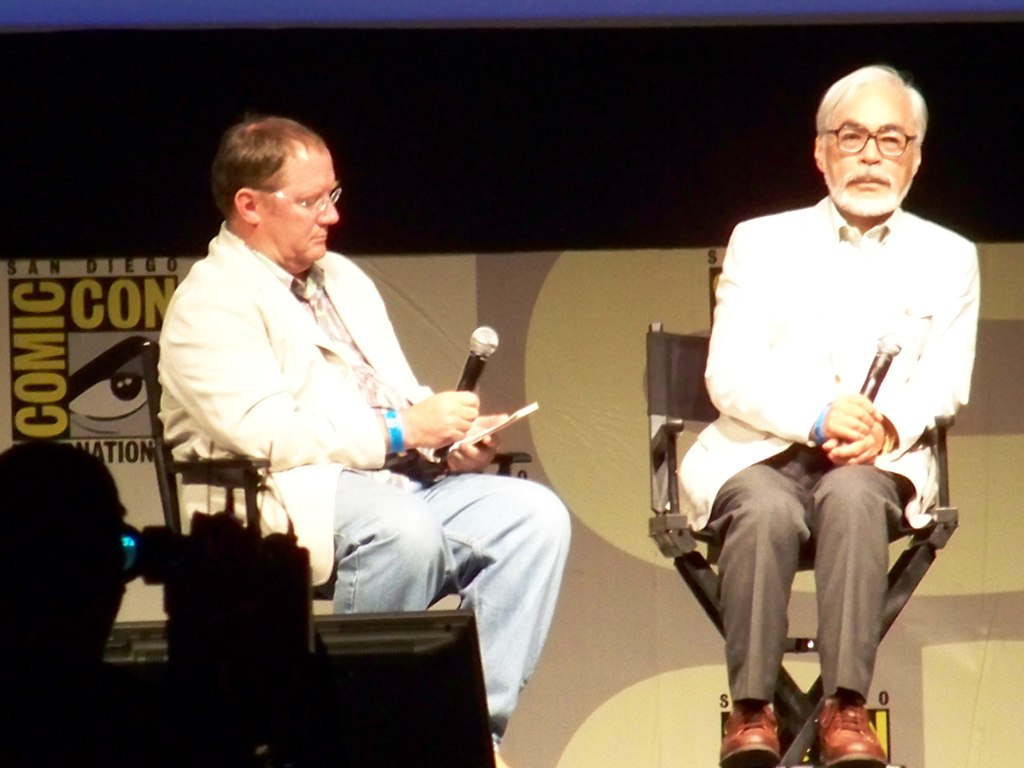
1. **Hayao Miyazaki**
Hayao Miyazaki is more than just a director; he’s a true cinematic sorcerer, an animator, a manga artist, and a co-founder of the legendary Studio Ghibli. His work profoundly demonstrated that animated films are far from being ‘just for kids.’ Instead, he proved they are a profound medium for exploring complex themes and crafting deeply moving narratives that resonate across all ages and cultures.
Miyazaki first captivated audiences in Japan with beloved classics like *My Neighbor Totoro* (1988), *Kiki’s Delivery Service* (1989), and *Princess Mononoke* (1997). His distinctive animation style, imaginative worlds, and emotionally rich storytelling quickly earned him a dedicated following. It wasn’t long before his magic spread globally, with his work becoming widely celebrated in the West, especially after the monumental success of the 2001 anime classic, *Spirited Away*.
His trophy cabinet speaks volumes about his unparalleled talent. Miyazaki has impressively won two Academy Awards for Best Animated Feature, first for *Spirited Away* and more recently for *The Boy and the Heron* (2023). These victories are particularly significant as they mark the only two non-English-language films ever to claim this coveted award, showcasing the universal appeal and critical acclaim his unique vision commands.
At the heart of Miyazaki’s films are recurring themes that resonate deeply: powerful feminism, urgent environmentalism, and the intricate dynamics of family bonds. He’s renowned for his dreamy plots that whisk audiences away to fantastical realms, coupled with truly amazing visuals that are both breathtaking and meticulously crafted. His innovative approach has made him an influential figure, even credited with helping to prompt Disney’s animation renaissance in America.
Read more about: Unveiling the Titans: 13 Legendary Directors Who Redefined the Art of Cinema
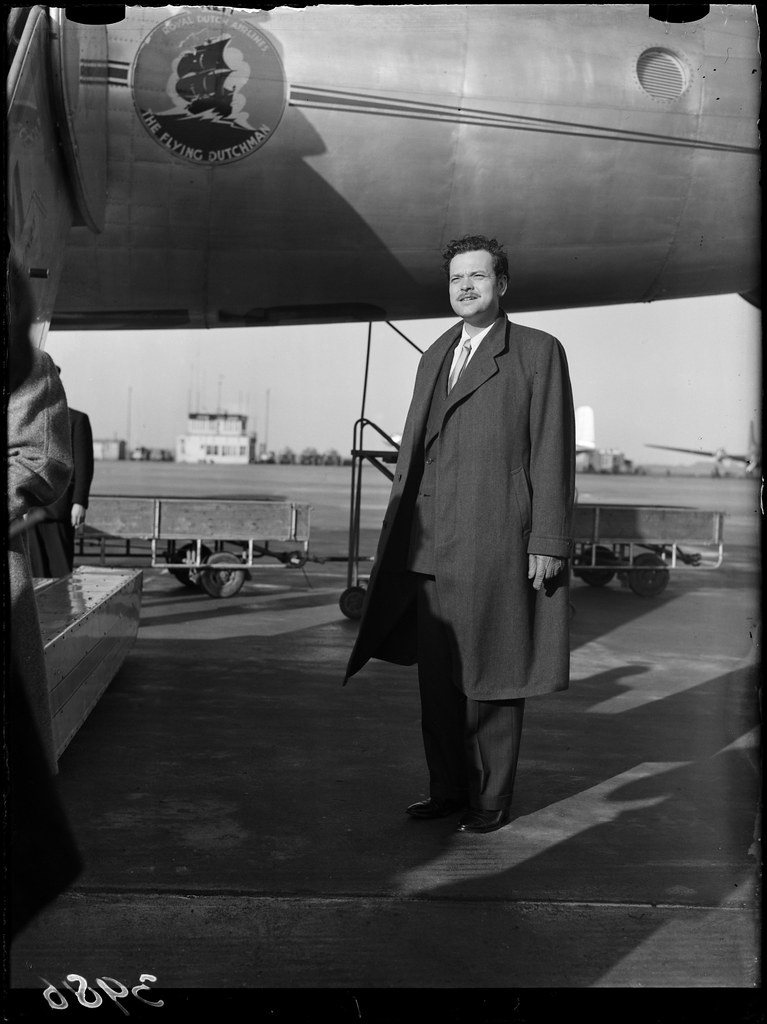
2. **Orson Welles**
When you hear the name Orson Welles, you probably think of *Citizen Kane*, his iconic directorial debut. But Welles was a polymath, a true renaissance man who made a formidable name for himself not just in film, but also in theater, radio, magic, and acting throughout his remarkable fifty-year career. His range and creative output were simply astounding.
Beyond *Citizen Kane* (1941), which is frequently hailed as one of the greatest films ever made, Welles directed an impressive catalog of cinematic achievements. His filmography includes masterpieces like *The Magnificent Ambersons* (1942), *The Stranger* (1946), *The Lady from Shanghai* (1947), *Macbeth* (1948), *Othello* (1951), and *Chimes at Midnight* (1966), each bearing his unmistakable stamp of genius.
Welles truly earns his place on any list of great directors due to his groundbreaking innovations in camera technique. He consistently pushed the technical limits of filmmaking for their times, developing revolutionary techniques for visual storytelling that are still studied and admired today. His approach wasn’t just about telling a story; it was about inventing new ways for the camera to perceive and convey that story.
Among his most celebrated contributions is his pioneering use of deep focus, a technique where the foreground, middle ground, and background are all simultaneously in sharp focus, allowing for a richness of visual information rarely seen before. He was also famous for his audacious long shots, with the opening shot of *Touch of Evil* (1958) clocking in at over six minutes — and believe it or not, that’s not even the longest unbroken shot in the film, as another one runs for a staggering twelve minutes later on. Talk about confidence in your craft!
Read more about: 8 Beloved Comedians Who Strongly Declared They Wouldn’t Share The Same Stage: Unearthing Hollywood’s Hidden Feuds

3. **Francis Ford Coppola**
Francis Ford Coppola is undeniably one of the world’s most awarded filmmakers, a true titan of cinema whose influence continues to shape generations. His extraordinary work has garnered an impressive collection of accolades, including five Academy Awards, six Golden Globes, two Palmes d’Or from the Cannes Film Festival, and a British Academy Film Award. These aren’t just trophies; they’re testaments to a career defined by groundbreaking artistry.
Coppola emerged as one of the leading figures of the New Hollywood era, a period when American cinema underwent a profound artistic resurgence. His films often explored complex characters and moral dilemmas with a sweeping, operatic scope that was both intensely personal and universally resonant. He redefined the blockbuster, proving that commercial success could go hand-in-hand with artistic integrity.
He is, of course, globally recognized for the unparalleled *Godfather Trilogy* (1972-1990), a saga that fundamentally changed gangster films forever. But his genius extends far beyond the Corleone family, encompassing the hallucinatory epic *Apocalypse Now* (1979) and the poignant coming-of-age drama *The Outsiders* (1983). Each film showcased a masterful command of storytelling, visual flair, and emotional depth.
After a period where he branched into commercial ventures like owning a winery, Coppola took a hiatus from directing after his 2011 film *Twist*. However, the creative fire still burns bright. He’s currently hard at work on his highly anticipated return to the director’s chair with *Megalopolis*, a film set to be released in late 2024. The cinematic world eagerly awaits the next chapter from this living legend.
Read more about: Beyond the Screen: 14 Shocking Moments When Hollywood Stars Faced Death Filming Stunts Without CGI

4. **Chantal Akerman**
Chantal Akerman stands as a pivotal figure in Belgian feminist avant-garde filmmaking, a director whose uncompromising vision earned her the moniker of a ‘director’s director.’ Her work has had an immense and lasting influence on cinema, challenging conventions and pushing the boundaries of narrative and form in ways that continue to inspire critics and filmmakers alike. She truly saw the world, and storytelling, differently.
Akerman is perhaps best known for her seminal films like *Jeanne Dielman, 23 quai du Commerce, 1080 Bruxelles* (1975), a film that meticulously portrays the daily routines of a widow, revealing the subtle oppressions of domestic life. Other key works include *News from Home* (1976) and *Je Tu Il Elle* (1974), each showcasing her unique ability to observe and reflect on the human condition with profound depth and often, an unflinching gaze.
Beyond her acclaimed feature films, Akerman’s artistic output was incredibly diverse. She delved into numerous documentaries, created compelling art exhibitions, and crafted thought-provoking short films. This expansive approach allowed her to explore themes of identity, time, and space across various mediums, always with her signature experimental touch and a deep commitment to her artistic principles.
Later in her distinguished career, Akerman shared her invaluable insights and expertise as a professor of film and media, nurturing the next generation of cinematic talent. Her enduring legacy reached a new peak in 2022 when she made history by becoming the first female filmmaker to top Sight & Sound’s prestigious list of the Greatest Films of All Time, a monumental achievement that cemented her status as an undeniable master of the medium.
Read more about: Unveiling the Titans: 13 Legendary Directors Who Redefined the Art of Cinema

5. **Federico Fellini**
Prepare to be transported into a world of dreams, spectacle, and profound human drama when discussing Federico Fellini. This Italian maestro is globally celebrated for a dazzling filmography that includes classics like *Nights of Cabiria* (1957), *La Dolce Vita* (1960), the meta-cinematic marvel *8½* (1963), *Roma* (1972), *Amarcord* (1973), and *Fellini’s Casanova* (1976). His films are less watched and more *experienced*.
Over his nearly fifty-year career, Fellini was a consistent presence at the Academy Awards, earning a remarkable seventeen Oscar nominations. He holds an impressive record, winning four of those nominations in the Best Foreign Language Film category, a testament to the universal appeal and artistic innovation of his Italian-language works. These weren’t just films; they were cultural events.
Fellini’s journey into cinema began after dropping out of law school in Rome and finding his footing in radio. It was through his connection with Roberto Rossellini that he became involved with the burgeoning neorealist Italian film movement, a style characterized by its gritty realism and on-location shooting. He even co-directed his first feature film, *Variety Lights* (1951), with Alberto Lattuada, laying the groundwork for his unique vision.
However, Fellini truly bloomed and is most profoundly remembered for his post-neorealist art films. This distinct period saw him move beyond strict realism into a realm of fantasy, memory, and grand theatricality, creating a style so idiosyncratic that it gave us new words: “Fellinian” and “Felliniesque.” These terms are now universally used to describe films and art that possess a fanciful, extravagant, and often dreamlike quality, perfectly encapsulating the singular genius of his artistic expression.
Read more about: Unveiling the Titans: 13 Legendary Directors Who Redefined the Art of Cinema

6. **Satyajit Ray**
Satyajit Ray is an Indian filmmaker whose profound impact on world cinema cannot be overstated. He crafted a body of work that is as visually stunning as it is emotionally resonant, cementing his legacy as one of the most important directors of all time. His films don’t just tell stories; they immerse you in entire worlds with an unparalleled sense of authenticity.
Ray is perhaps best known for *The Apu Trilogy* (1955–1959), a series of films that brought Indian cinema to global prominence and captivated audiences with its lyrical realism and deep humanism. Beyond this monumental work, his filmography boasts other masterpieces like *The Music Room* (1958), *The Big City* (1963), *Charulata* (1964), and the imaginative *Goopy–Bagha trilogy*, each a testament to his versatile and incisive storytelling.
While Ray’s work was initially inspired by the Italian neorealist movement, he quickly transcended imitation to craft a style that was uniquely his own. His films are characterized by meticulously precise editing, the evocative use of classical Indian music, and a remarkable commitment to casting actors from diverse backgrounds, lending an unparalleled authenticity to his characters and settings. He blended realism with poetic artistry.
The global cinematic community has often voiced its admiration for Ray. Legendary director Akira Kurosawa famously said of his films, “Not to have seen the cinema of Ray means existing in the world without seeing the sun or the moon.” Such praise highlights the fundamental importance of his work. Furthermore, luminaries like Francis Ford Coppola and Christopher Nolan have both cited Ray as a significant influence on their own creative journeys, demonstrating his enduring impact. To further honor this auteur, the International Film Festival of India has named its annual Lifetime Achievement award after Ray, ensuring his legacy continues to inspire for generations to come.
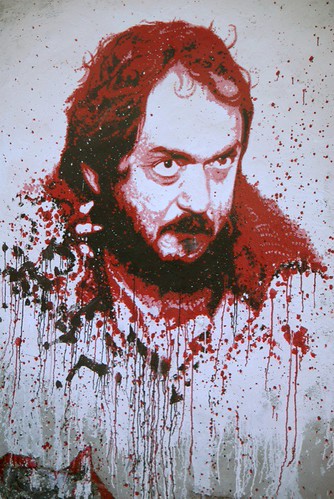
7. **Stanley Kubrick**
Stanley Kubrick. Just the name evokes a sense of cinematic grandeur, a legacy that is truly undeniable, even if he was famously difficult to work with as a director. His films are not merely movies; they are meticulously constructed worlds, deep psychological explorations, and philosophical puzzles that invite endless analysis and re-watching. He pushed the boundaries of what film could achieve, regardless of the challenges.
With a filmography that includes masterpieces like the satirical nuclear nightmare *Dr. Strangelove* (1964), the dystopian future shock of *A Clockwork Orange* (1971), the unflinching war narrative of *Full Metal Jacket* (1987), and the posthumously released, enigmatic *Eyes Wide Shut* (1999), Kubrick directed thirteen theatrical films, and astonishingly, every single one is considered a classic in its own right. That’s a track record few can rival.
Despite his profound artistic impact, Kubrick’s awards cabinet for directing was surprisingly sparse. He was nominated for thirteen Academy Awards over his career but notably only won one—for Best Special Effects in the groundbreaking *2001: A Space Odyssey* (1968), not for his directorial prowess. In a twist of irony, he was even nominated for a Golden Raspberry Award for Worst Director for *The Shining* (1980), a film now widely recognized as a horror masterpiece.
However, critical awards tell only part of the story. Kubrick’s distinctive directing style, particularly his revolutionary approach to camerawork and framing, has had an immeasurable influence on countless directors across the globe. His films are celebrated as some of the most important works of the twentieth century, not just for their narratives, but for the sheer technical and artistic brilliance that continues to inspire and challenge audiences and filmmakers alike to this very day. He redefined the very grammar of cinema.
Now, let’s dive into the fascinating world of six more directorial titans, whose unique visions have not only shaped cinema but continue to resonate with audiences and filmmakers across generations. We’re talking about artists who turned storytelling into an electrifying experience, pushing the boundaries of what film can be, from vibrant visual poetry to nail-biting suspense. Get ready to have your cinematic horizons expanded!
Read more about: Unveiling the Titans: 13 Legendary Directors Who Redefined the Art of Cinema

8. **Wong Kar-wai**
When you think of Hong Kong cinema, the name Wong Kar-wai immediately springs to mind, and for good reason. Though he started his career in television, his 1988 directorial debut, *As Tears Go By*, marked the beginning of his distinctive influence. His work has since garnered immense critical acclaim and a dedicated cult following globally.
Wong Kar-wai is celebrated for visually breathtaking and emotionally resonant films that hold a special place in cinematic history. Works like the neon-soaked *Chungking Express* (1994), the poignant *Happy Together* (1997), and the sublime beauty of *In the Mood for Love* (2000) are more than just movies; they are unique experiences. His singular approach has inspired numerous contemporary directors, including Quentin Tarantino, Alejandro González Iñárritu, and Barry Jenkins, underscoring the enduring power and innovation in his body of work.
His films are instantly recognizable, characterized by broken narrative structures, bold color saturation, and the evocative use of pop music. Signature techniques like step-printing, which alters film rates for dreamy slow-motion, further define his style. His unique blend of aesthetic and substance consistently lands his films on “best of” lists, with Ty Burr of the Boston Globe praising his work as combining the “playfulness and disenchantment of Godard, the visual fantasias of Fellini, the chic existentialism of Antonioni, and Bergman’s brooding uncertainties.”
Read more about: More Than Just Feet: A Deep Dive into Quentin Tarantino’s Signature Style and Its Most Talked-About Motif
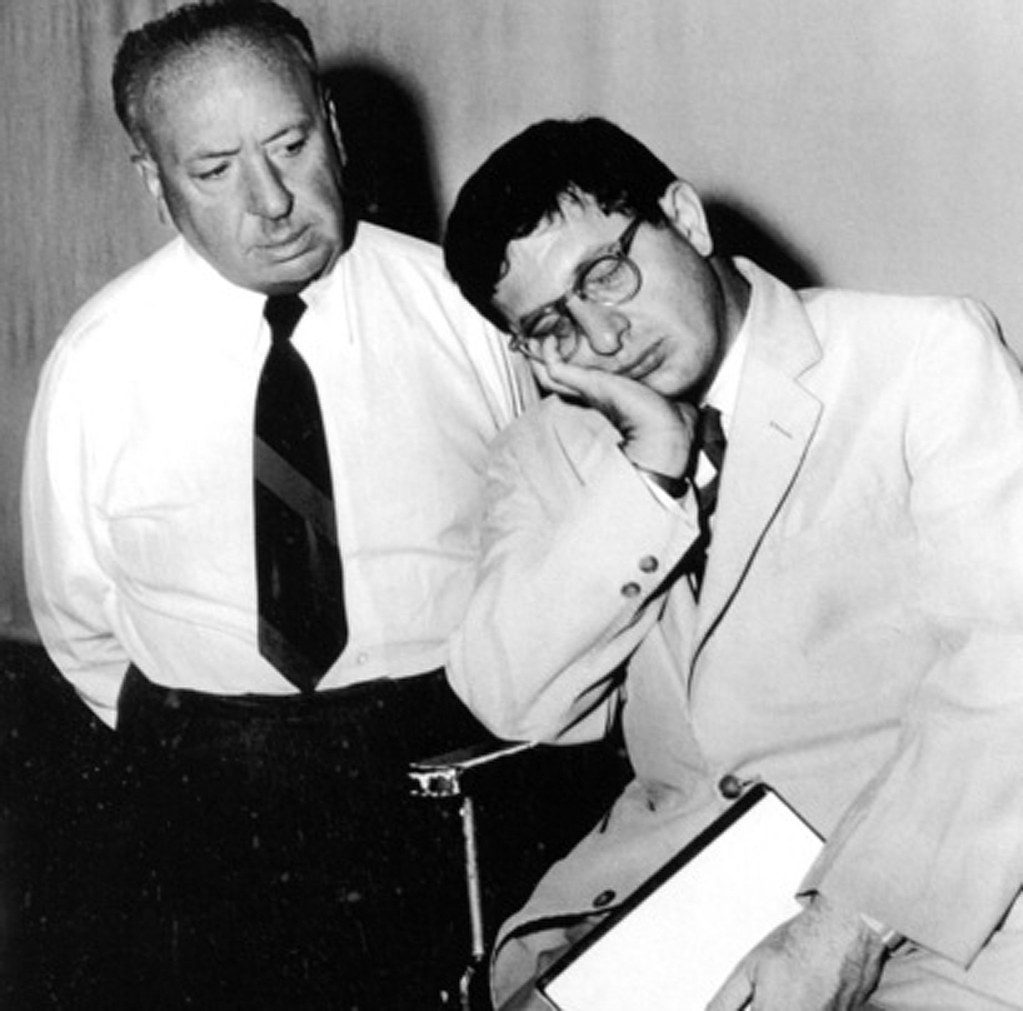
9. **Alfred Hitchcock**
Dubbed the “Master of Suspense,” Alfred Hitchcock crafted over 50 films across his decades-long career, forever altering the landscape of the thriller, suspense, and horror genres. While his legacy carries the unfortunate stain of his infamous cruelty toward his female leads, his unparalleled mastery of building tension and dread remains a cornerstone of cinematic study. He truly understood how to get under an audience’s skin.
Hitchcock began his career in Britain with silent films, his 1929 work *Blackmail* becoming the very first British “talkie.” Upon moving to Hollywood in the late 1930s, he found his stride, earning his first Best Director Oscar nomination for *Rebecca* (1940). He then delivered a string of masterpieces including *Rear Window* (1954), *Vertigo* (1958), *North by Northwest* (1959), *Psycho* (1960), and *The Birds* (1963), each a masterclass in psychological manipulation and visual storytelling.
So profound was his impact that his works led to the creation of the term “Hitchcockian,” describing films with intricate plot twists, restricted action, symbolic darkness, and clever “MacGuffins.” He also pioneered voyeurism, using camera movement to mimic a person’s gaze, pulling the audience into unsettling perspectives. He redefined suspense and taught us to love being scared.
Read more about: More Than Just Feet: A Deep Dive into Quentin Tarantino’s Signature Style and Its Most Talked-About Motif
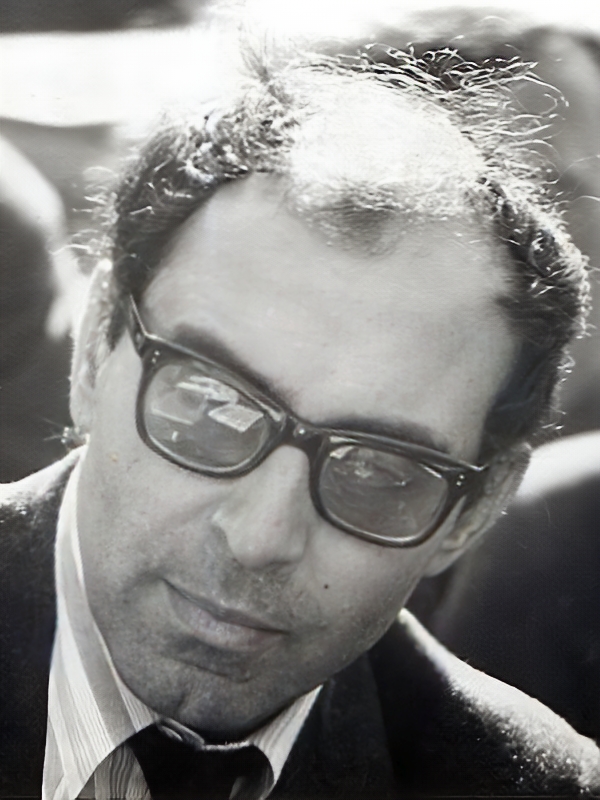
10. **Jean-Luc Godard**c
No discussion of groundbreaking cinematic artistry would be complete without Jean-Luc Godard, a towering pillar of the French New Wave, and arguably its most influential figure. This Swiss-born director wasn’t afraid to break every rule in the book, playing with narrative, continuity, sound, and camerawork in ways revolutionary for his time. He fundamentally challenged what a film could be.
Godard’s signature techniques included audacious jump cuts, disrupting smooth cinematic flow, and a bold willingness to break the fourth wall. He famously gave actors immense freedom, often starting with unfinished scripts, fostering a raw spontaneity. His extensive filmography includes iconic works like *Breathless* (1960), *Vivre sa vie* (1962), *Contempt* (1963), *Band of Outsiders* (1964), and *Weekend* (1967).
The impact of Godard’s genius cannot be overstated. Legendary film critic Roger Ebert once proclaimed, “Godard is a director of the very first rank; no other director in the 1960s has had more influence on the development of the feature-length film.” His profound contributions altered the cinematic landscape, proving innovation in form could be as powerful as narrative content, inspiring countless filmmakers.
Read more about: More Than Just Feet: A Deep Dive into Quentin Tarantino’s Signature Style and Its Most Talked-About Motif
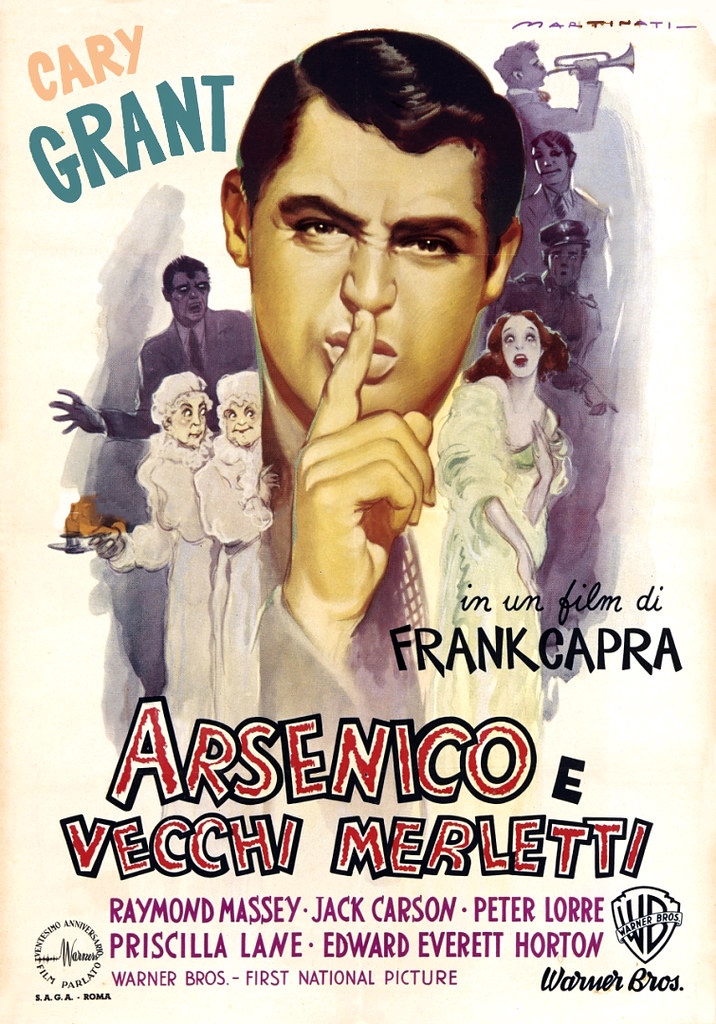
11. **Frank Capra**
Director John Cassavetes once famously quipped, “Maybe there really wasn’t an America, it was only Frank Capra.” This perfectly captures Capra’s enduring legacy, as his films, vibrant with idealism, consistently presented a vision of what America *could* be—a place of hope, resilience, and the triumph of the common man. He was a master storyteller with a deeply optimistic heart.
Capra’s filmography is a treasure trove of beloved classics woven into American cinematic history, including *It Happened One Night* (1934), *Mr. Deeds Goes to Town* (1936), *You Can’t Take It with You* (1938), *It’s a Wonderful Life* (1946), and *Mr. Smith Goes to Washington* (1939). Having emigrated from Sicily at age five, he began in silent comedies, later garnering five Academy Awards and lifetime achievement awards from the AFI and DGA, cementing his industry legend status.
His final theatrical film was *Pocket Full of Miracles* (1961), but his influence extended beyond directing. Capra was a dedicated leader, serving as President of the Academy of Motion Picture Arts and Sciences, working with the Writers Guild of America, and heading the Directors Guild of America. His commitment to the art and craft of filmmaking, both behind the camera and in industry leadership, truly makes him a titan.
Read more about: Unveiling the Titans: 13 Legendary Directors Who Redefined the Art of Cinema
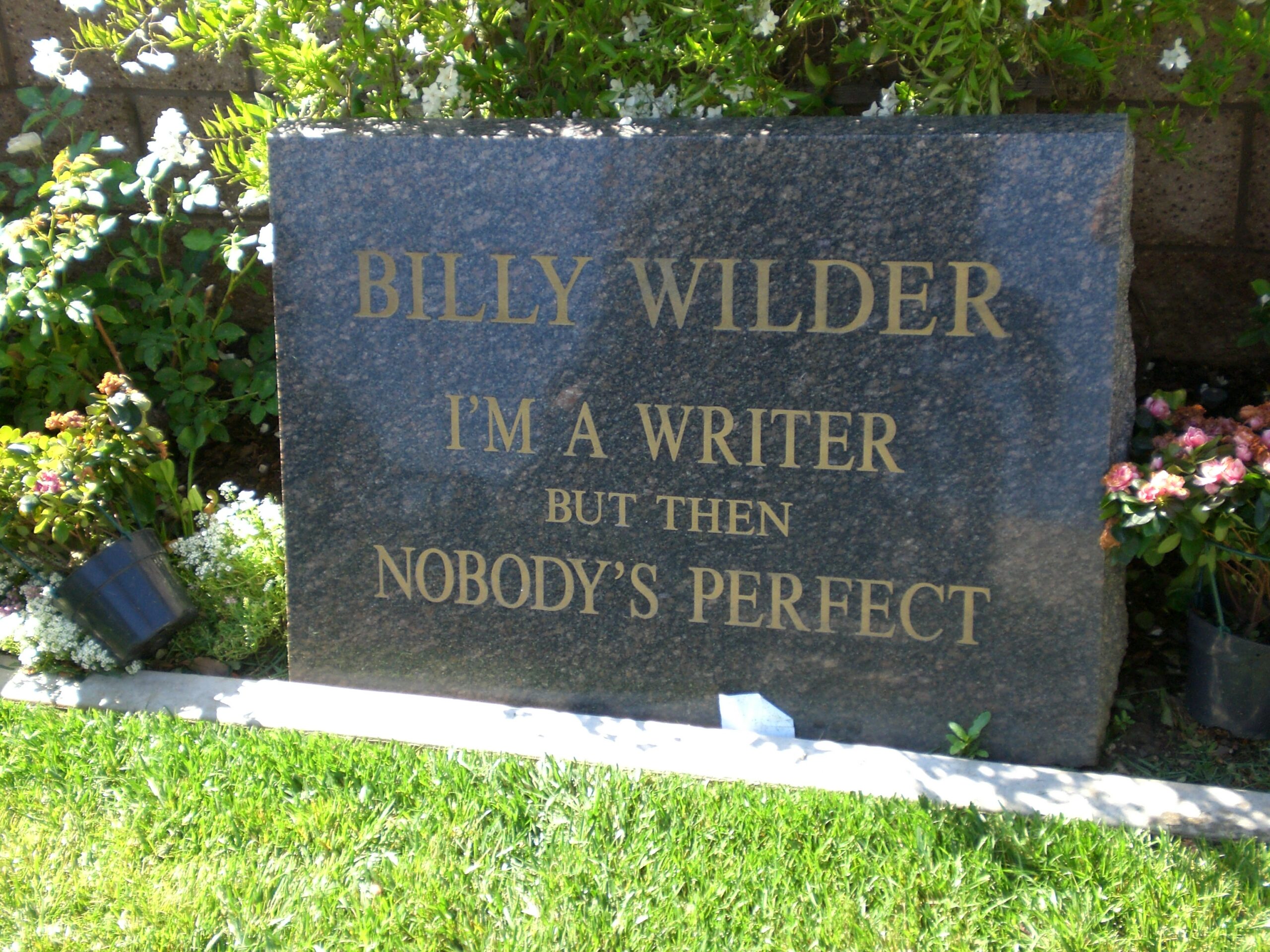
12. **Billy Wilder**
From his beginnings as a scriptwriter in Germany, the Austrian-born Billy Wilder rose to become one of Hollywood’s great directors by the 1940s, leaving an indelible mark across decades and genres. While many family members tragically perished in the Holocaust, Wilder’s decision to leave Germany in the 1930s allowed him to forge a legendary career, shaping American cinema with his unique voice.
Wilder’s incredible versatility is evident in his masterful command of both biting comedy and dark, intricate noir. His filmography is a collection of absolute classics: *Double Indemnity* (1944), *Sunset Boulevard* (1950), *Stalag 17* (1953), *Some Like It Hot* (1959), and *The Apartment* (1960). His ability to seamlessly transition between diverse styles showcased a rare and profound talent, and he even hoped to adapt *Schindler’s Ark* as a personal memorial, later praising Spielberg’s *Schindler’s List*.
Throughout his remarkable career, Wilder was nominated for an astonishing 21 Academy Awards, winning six, including two for Best Director. His final film, *Buddy Buddy*, was released in 1981. His sharp wit, keen observational skills, and masterful storytelling continue to entertain and inspire, solidifying his status as one of cinema’s most celebrated and timeless geniuses.
Read more about: From Silver Screen to Auction Block: The 15 Most Expensive Costume Designs in Film History (And the Intriguing Tales They Tell)
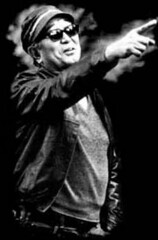
13. **Akira Kurosawa**
Akira Kurosawa is not just a director; he’s a cinematic legend whose influence reverberates through film schools and sets globally. Starting his career at Japan’s Toho Studios in 1936 at 25, Kurosawa embarked on a nearly 60-year journey that forever changed screen storytelling. His groundbreaking work has earned him a revered place in film history.
His directorial debut, *Sanshiro Sugata*, in 1943, set the stage for a filmography synonymous with excellence. Kurosawa crafted masterpieces like *Drunken Angel* (1948), the revolutionary *Rashomon* (1950), the epic *Seven Samurai* (1954), and his final film, *Madadayo* (1993). Each is a testament to his unparalleled storytelling and visual innovation, and he also contributed as an accomplished screenwriter across various mediums.
Kurosawa was a favorite among legendary filmmakers like Satyajit Ray, Steven Spielberg, and Federico Fellini. Ingmar Bergman even humbly called his own film a “lousy imitation of Kurosawa.” Most notably, George Lucas explicitly credited Kurosawa’s 1958 film *The Hidden Fortress* as the main inspiration for his iconic *Star Wars* saga, underscoring the monumental legacy of a director whose vision continues to inspire and shape cinematic storytelling to this day.
Read more about: Unveiling the Titans: 13 Legendary Directors Who Redefined the Art of Cinema
So there you have it, a dazzling journey through the minds and masterpieces of some of the most influential directors to ever grace the silver screen. From the visually arresting narratives of Wong Kar-wai to the timeless suspense of Alfred Hitchcock, the genre-defying brilliance of Billy Wilder, the heartfelt idealism of Frank Capra, the revolutionary spirit of Jean-Luc Godard, and the unparalleled global impact of Akira Kurosawa, these filmmakers didn’t just make movies—they sculpted dreams, provoked thought, and reimagined the very language of cinema. Their collective genius reminds us that the best directors truly are visionaries, pushing boundaries and championing new techniques, leaving us with fully realized masterpieces that continue to captivate, challenge, and inspire. These are the creative forces that shaped cinema as we know it, and their legacies will undoubtedly endure for generations to come.



